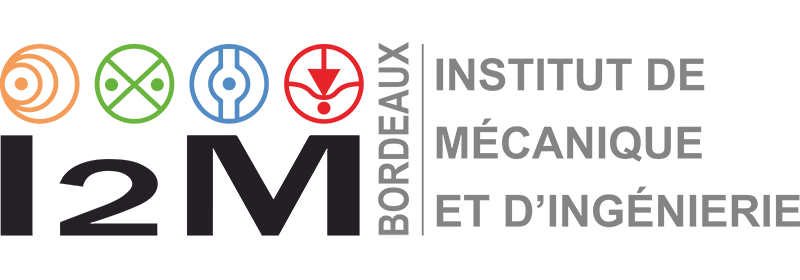10 Juillet – Soutenance Thèse Torquato GARULLI
10 h15
Sujet : Design and validation of Fully-Uncoupled Multi-Directional lay-ups to evaluate interlaminar fracture toughness
La soutenance se tiendra en visio-conférence le vendredi 10 Juillet à 10h15 devant le jury composé par:
Nicolas Carrere | Associate Professor, HDR, ENSTA Bretagne | Reviewer |
Pedro Camanho | Full Professor, University of Porto | Reviewer |
Cristophe Bouvet | Full Professor, ISAE-SUPAERO Toulouse | Examiner |
Josep Costa | Full Professor, University of Girona | Examiner |
Fabrizio Ricci | Associate Professor, University of Naples | Examiner |
Eric Martin | Full Professor, Bordeaux INP | Director |
Daniele Fanteria | Associate Professor, UNIPI Pisa | Co-Director |
Anita Catapano | Associate Professor, Bordeaux INP | Supervisor |
Abstract: The object of this study is the development of a novel class of stacking sequences for the design of multidirectional polymer matrix laminated composite specimens for interlaminar fracture toughness (delamination) tests. These sequences allow to obtain multidirectional specimens that show a thermo-elastic behaviour that closely matches that of unidirectional specimens: they are completely free from elastic couplings and they do not develop laminate-level thermally-induced deformations due to the curing process. Furthermore, they allow to test delamination interfaces between plies of any desired orientation. Because of their properties, they were labelled Fully-Uncoupled Multi-Directional (FUMD).
In order to design these layups, Quasi-Trivial (QT) solutions were exploited. Then, analytical rules were established allowing to obtain new QT solutions from the superposition of known ones. These criteria allow to obtain QT sequences of any desired length, thus overcoming existing computational limitations arising when searching for QT solutions using the algorithm. Combining QT solutions with few basic laminate design principles and the superposition criteria, FUMD stacking sequences were designed.
In order to assess the properties of delamination specimens obtained with FUMD layups, both a numerical and experimental campaign of tests was realised to compare the behaviour of FUMD layups with that of other sequences proposed in relevant literature on the topic and to the unidirectional one. FUMD specimens yielded results similar to those obtained with unidirectional specimens. With respect to interlaminar fracture toughness, specimens with identical delamination interface yielded similar values, even if their global sti ffness was different. On the other hand, diffeffrent interfaces led to diff erent interlaminar fracture toughness.
While this work represents a preliminary study and further research is clearly required, FUMD delamination specimens have shown a good potential, and they may stand out as a viable solution for interlaminar fracture toughness tests. Possibly, they could be considered for an extension of the scopes of existing standard test methods to multidirectional
laminates and interfaces.






